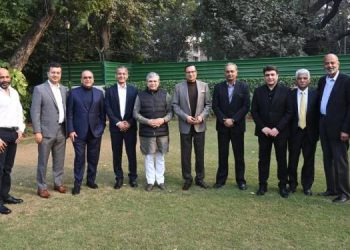New Delhi: Known for its most accurate predictions, the India Today Group’s exit-poll mechanism has made its way to the Harvard Business School curriculum.
The India Today-Axis-My-India post-poll surveys have given the most definitive predictions in about 95 per cent of all the elections that took place in the country between 2013 and 2020.
Now, the same research and multi-layered mechanism has become the first-ever case study built by the Ivy League business school.
The case study, now part of the HBS’ classroom course on elections, highlights the complexity associated with successfully predicting elections in the world’s largest democracy, with all its diversity, varied geographies, shared international borders, sprawling rural populations and 23 different languages.
The case study, written by Professor Ananth Raman, Senior Associate Ann Winslow, and Research Associate Kairavi Dey, discusses the process that goes behind forecasting elections in India and the methods the channel uses to analyze data along with the research firm to reach accurate forecasts — from selection of field surveyors, hiring and training, data-collection technology, quality auditing, data analysis to final forecasting.
India Today Group and Axis-My-India association goes strong for years and the results are a testimony to the most focused research and proven methodology.
Professor Ananth Raman, UPS Foundation Professor of Business Logistics Chair, OPM, HBS, stated that predicting elections accurately in an extremely complex country like India is indeed challenging.
The case study, which illustrates numerous operational details, including those associated with training surveyors and moving them across different locations based on their linguistic and socio-economic identities to get a feel of the electorate’s pulse, will inspire students at the Harvard Business School to create their own entrepreneurial journey, he noted.
Professor Raman also mentioned that while they have seen numerous examples of experienced organizations struggling to predict election outcomes in the recent past, this case illustrates how a robust mechanism devised a process to predict outcomes most accurately.
What sets it apart from all the other competitive surveys is its reach across the length and breadth of the country (700+ districts), an average survey size of over five lakh people for national surveys, GPS-enabled tablets to maintain geographical sanctity, as well as computer-aided questionnaires backed by social intelligence to garner maximum data veracity.

















